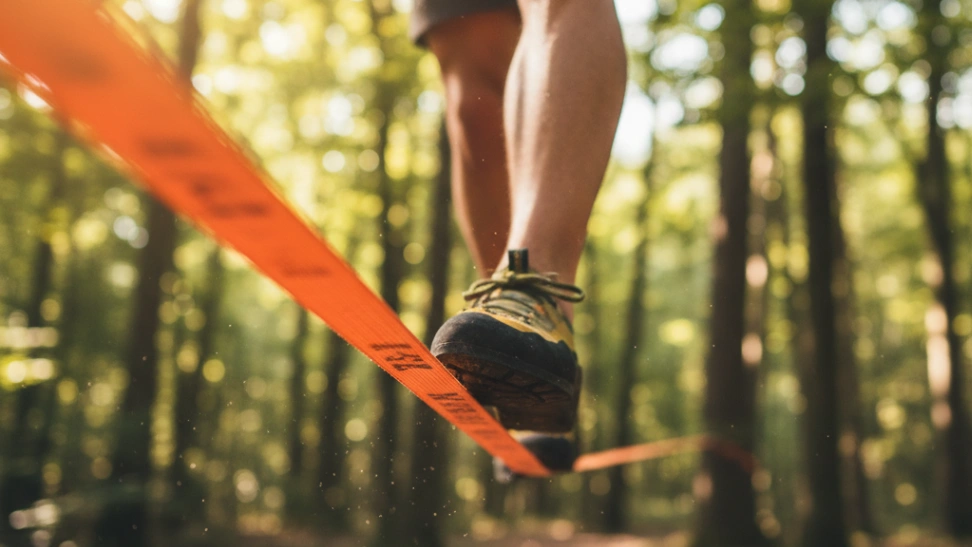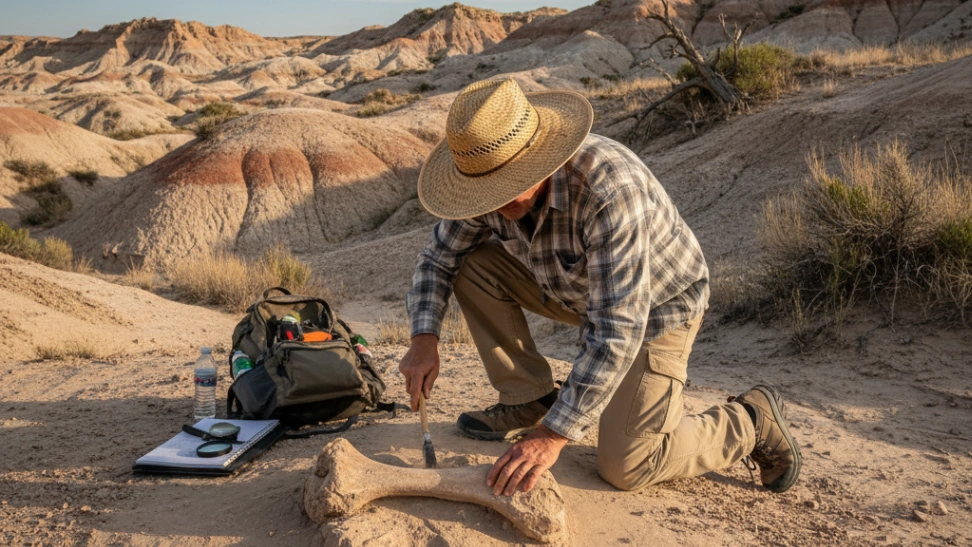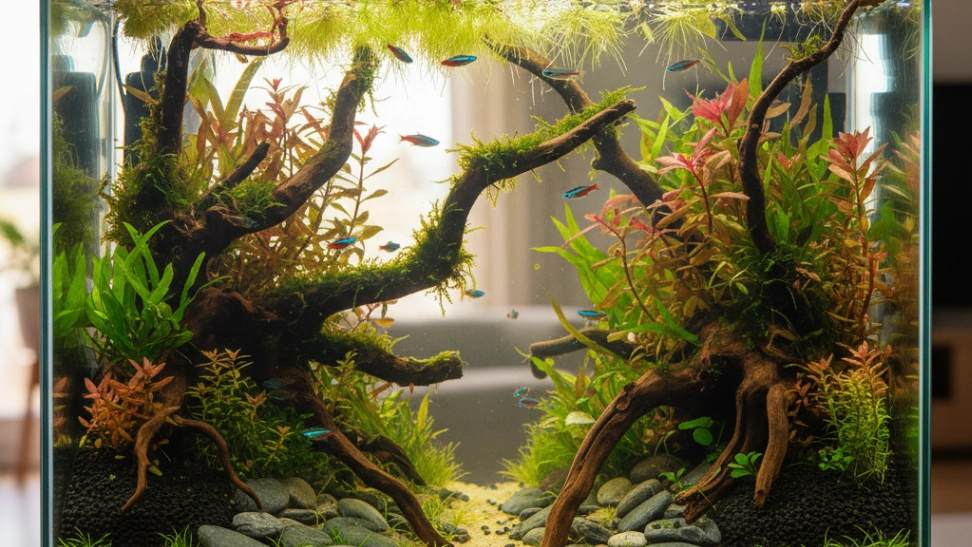Is This Hobby For You?
Ideal for individuals seeking a unique physical and mental challenge in an outdoor setting, eager to master their balance and focus.
Why You'll Love It
- Unparalleled improvement in balance, core strength, and physical coordination.
- Cultivates deep mental focus, patience, and resilience against challenges.
- Connects you with nature and a supportive, often social, outdoor community.
Good to Know Before You Start
- Requires consistent practice and can be frustrating in the early stages with many falls.
- Finding suitable outdoor locations with sturdy anchor points can sometimes be a limitation.
- Risk of minor injuries like sprains if proper technique and safety aren't observed.
Hobby Traits
How the community rates this hobby.
Getting Started: The Essentials
The basic requirements to begin your journey with Slacklining.
Startup Cost
$100
Community-voted average
Ongoing Cost
Very Low
Monthly upkeep estimate
Essential Gear
Slackline Kit
A complete set including webbing, tensioning ratchet, and anchor straps, essential for setting up.
Tree Protection
Pads or blankets to place between the line and tree bark to prevent damage to trees and the line.
Comfortable Shoes
Flat-soled shoes or barefoot are ideal for better feel and grip on the webbing.
Learning Curve
Overall Difficulty: Medium
Associated Skills
Skills you can expect to develop while pursuing this hobby.
A Closer Look at the Traits
High-Energy
A high-energy activity that gets your heart pumping and body moving.
Purely for Fun
Pursued purely for enjoyment, relaxation, and the fun of the activity itself.
Deep Nature
This hobby takes you deep into the great outdoors, far from civilization.
Very Physical
A physically demanding hobby that builds strength, endurance, and coordination.
Mostly Technical
Creativity plays a role, but the focus is on mastering technical skills and structured problem-solving.
Social/Solo Balance
Can be enjoyed alone or with a small group, offering a mix of personal focus and social interaction.
Frequently Asked Questions
Hobby Traits
How the community rates this hobby.



